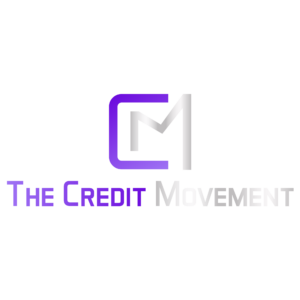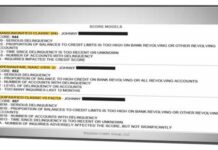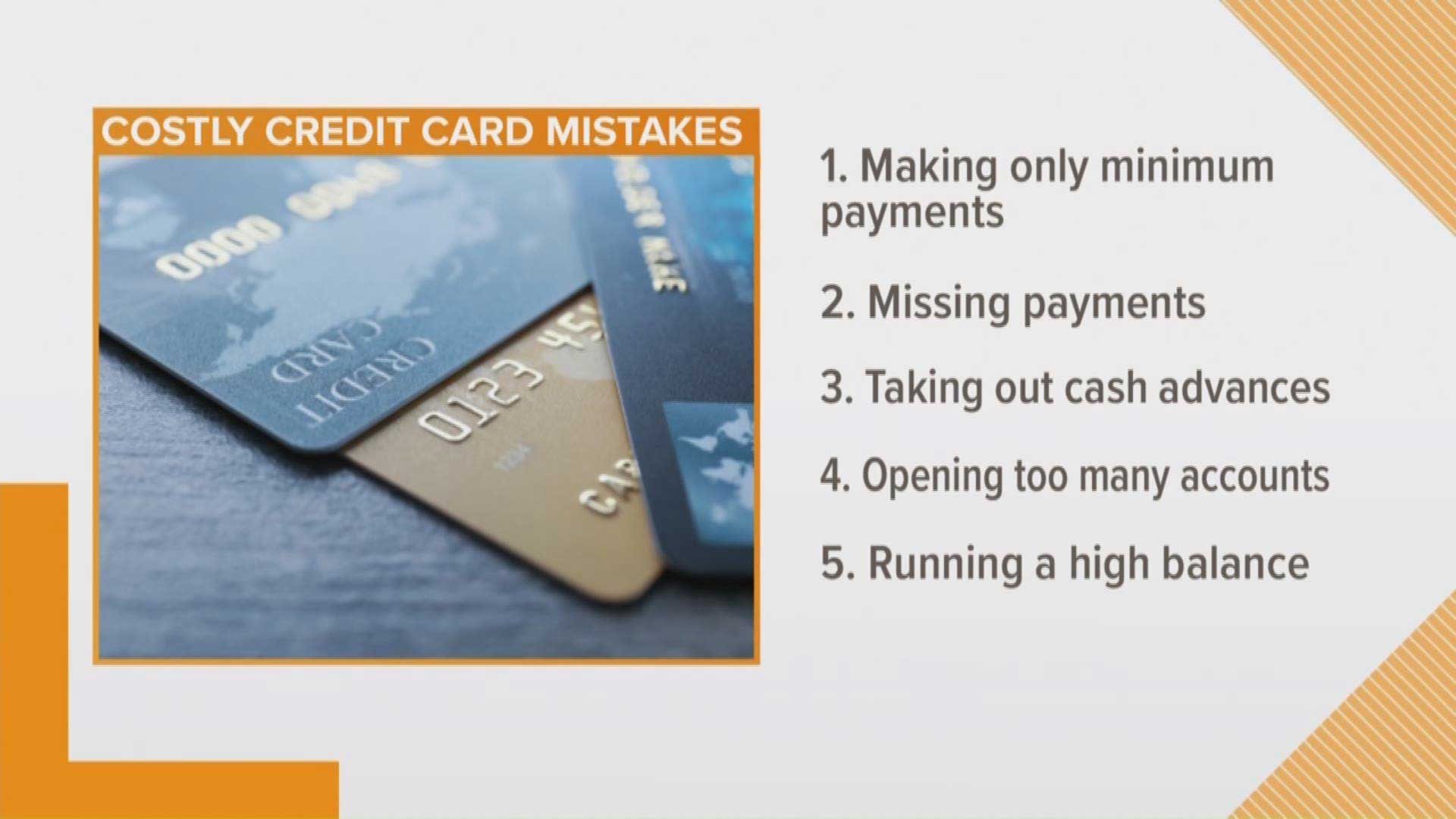Credit card Utilization on Revolving Accounts [credit cards]
Are you under 30%? Properly managing your credit card utilization and understanding the score exposure you face from a Home Equity Line of Credit. This makes up the “revolving credit utilization” component of your score. The score calculator or algorithm penalizes those who carry a balance that is higher than 30% of their available credit limit. For instance, a $1000 credit limit would be ideal with a balance of less than $300. In my experience, paying down your credit card balances below the thresholds of 90%, 70%, 50%, and/or 30% of your limit will improve your score.
To help improve your balance-to-limit ratios on your credit cards, increase your limit to reduce utilization. Example: limit = $1000, balance = $900. If you increased the limit to $3,000, you would reduce the ratio of utilization from 90% to under 30%. Your score would likely increase significantly. As much as 60 points or more!
Considering a HELOC?
Home Equity Line of Credit is dangerous to your credit report so they are categorized as a “revolving” account, or “R1,” as a result of this (if in good standing). I believe this is one of the bigger of the many failures of our credit scoring system. This “revolving credit utilization” portion of the score was designed to measure risk based on the consumer use of “unsecured” debt. Credit cards are more often than not, unsecured — money borrowed with no real collateral. Despite the fact that HELOC’s are secured by the property, they factor into the score the same way an unsecured credit card does.
Oftentimes, HELOC’s are “interest-only”. This means unless you specifically make additional payments to the principal balance, your balance-to-limit ratio will always be at 100%. Obviously, this is extremely detrimental to your score. Later we will share tips and tricks to optimize your revolving debt balance-to-limit ratios.























